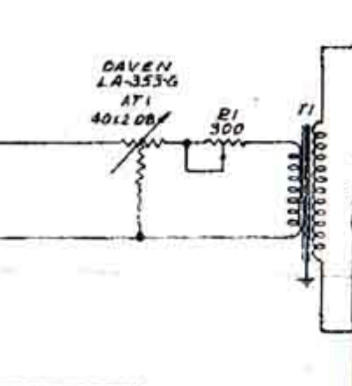rainton
Well-known member
Thank you so much for you kind words guys!
I really appreciate it!
To answer some of the questions:
If I can make a run happen for you guys my plan is to offer a kit consisting of a powder coated main-chassis + hinged front panel (also powder coated), 2nd front panel with silk screening (that would be the black panel placed on top of the grey hinged one), mounting bracket for the 1/4" jacks, mounting bracket for the meter switch assembly, custom made panel screws, both pcbs, custom made PSU turret board, ratio turret board & meter switch turret board and some kind of build manual and BOM.
Possibly even a kit with most of the small components such as caps & resistors etc. - not sure yet.
That's not quite true. This tube is not being manufactured anymore but it's still available NOS at the major tube retailers such as tubesandmore.com or tubedepot.com (just to name a few) or of course also in the bay.
I'll write more about this tube in detail in the build manual
Well this is at least true for the original transformer of the 176 as it was custom made. But apart from the different tabs that allowed for switching 4 different ratios, the specs of this transformer were not very special.
Sowter offers a replacement output transformer for the 176 (with all ratio tabs) of which the leads are even color coded according to the original transformer. And as far as I can tell it sounds amazing in this circuit.
The only difference is - physically it's quite a bit larger than the original one, but as you can see in my prototype it works still very well
I really appreciate it!
To answer some of the questions:
Phrazemaster said:Also, will you make boards available too?
If I can make a run happen for you guys my plan is to offer a kit consisting of a powder coated main-chassis + hinged front panel (also powder coated), 2nd front panel with silk screening (that would be the black panel placed on top of the grey hinged one), mounting bracket for the 1/4" jacks, mounting bracket for the meter switch assembly, custom made panel screws, both pcbs, custom made PSU turret board, ratio turret board & meter switch turret board and some kind of build manual and BOM.
Possibly even a kit with most of the small components such as caps & resistors etc. - not sure yet.
Phrazemaster said:By the way, I had read that this compressor uses a tube with a variable-mu feature, and that this tube is unobtainium.
That's not quite true. This tube is not being manufactured anymore but it's still available NOS at the major tube retailers such as tubesandmore.com or tubedepot.com (just to name a few) or of course also in the bay.
I'll write more about this tube in detail in the build manual
Phrazemaster said:Also that one of the transformers for the ratios is also unobtainium. How do we get around these issues?
Well this is at least true for the original transformer of the 176 as it was custom made. But apart from the different tabs that allowed for switching 4 different ratios, the specs of this transformer were not very special.
Sowter offers a replacement output transformer for the 176 (with all ratio tabs) of which the leads are even color coded according to the original transformer. And as far as I can tell it sounds amazing in this circuit.
The only difference is - physically it's quite a bit larger than the original one, but as you can see in my prototype it works still very well
























![Soldering Iron Kit, 120W LED Digital Advanced Solder Iron Soldering Gun kit, 110V Welding Tools, Smart Temperature Control [356℉-932℉], Extra 5pcs Tips, Auto Sleep, Temp Calibration, Orange](https://m.media-amazon.com/images/I/51sFKu9SdeL._SL500_.jpg)










